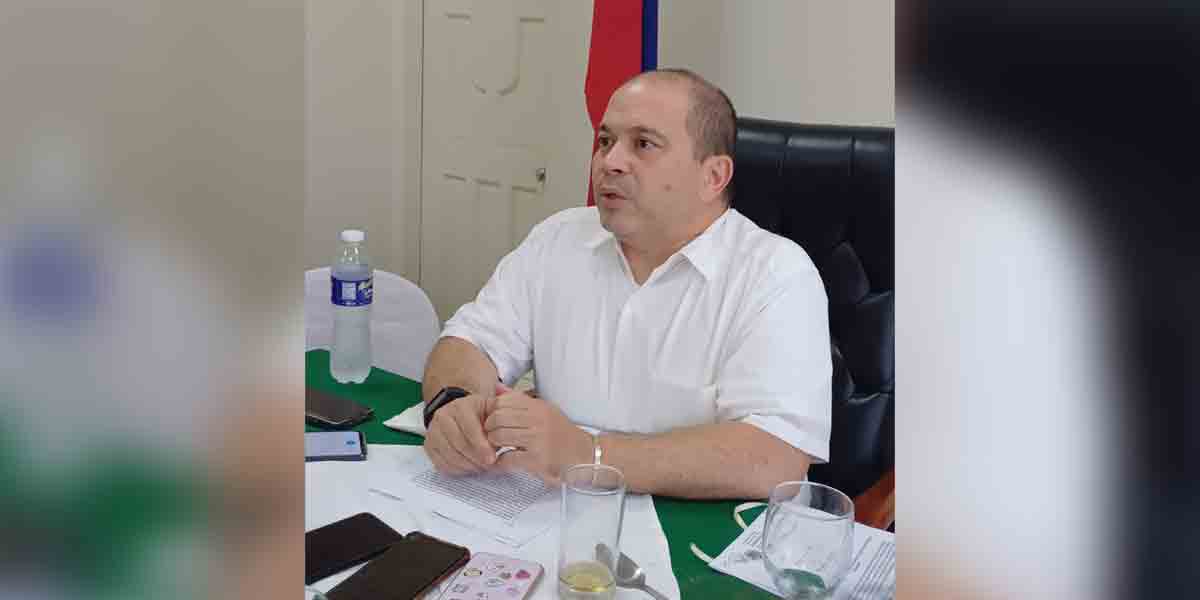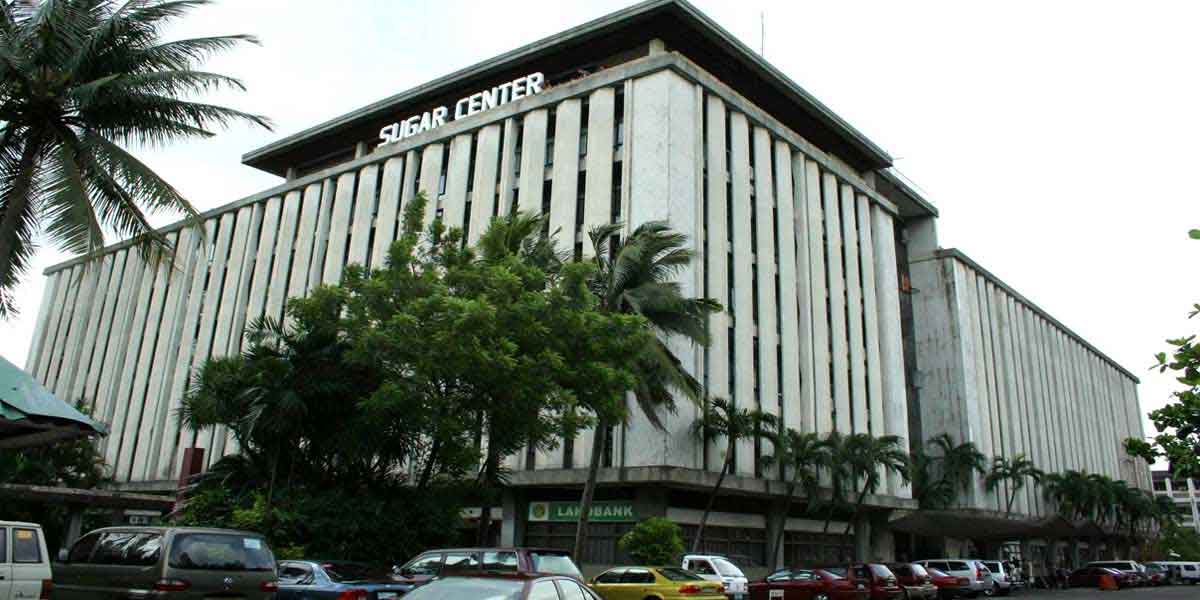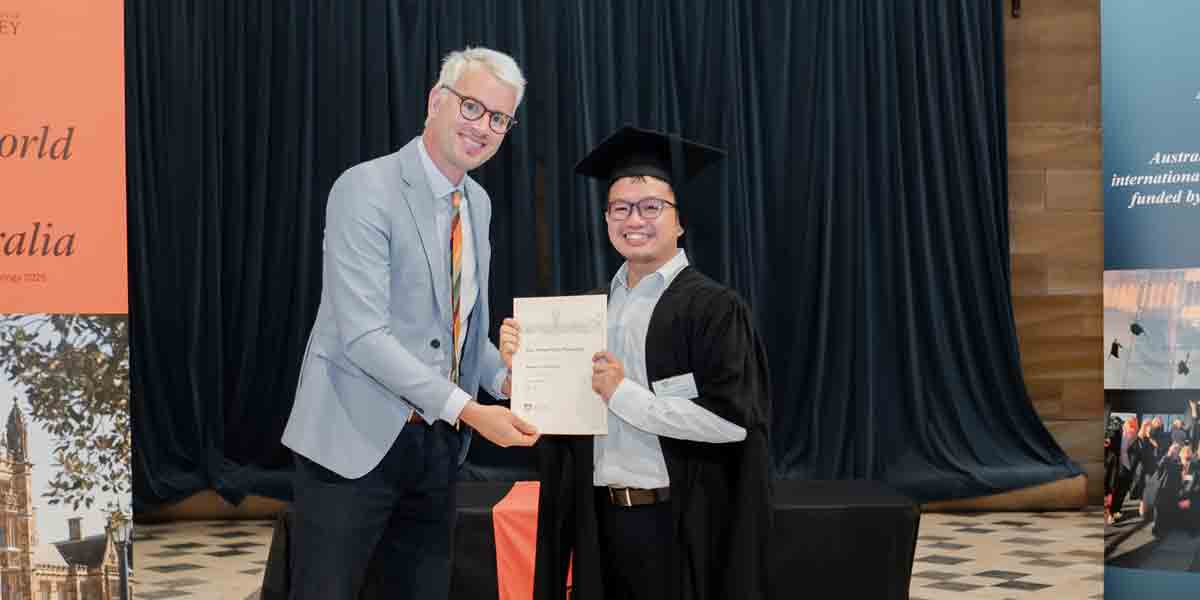By Jason Castaneda
New Philippine President Ferdinand Marcos Jr is already feeling the economic heat. Just months ago, the namesake son of a former Philippine dictator was hopeful that his term in office would coincide with an upward trajectory in the country’s pandemic recovery.
After suffering five straight quarters of recession between 2020 and 2021, the Southeast Asian country has emerged, at least nominally, as one of the fastest growing regional economies.
In April, just a month before Marcos’ election, the Manila-based Asian Development Bank (ADB) forecasted the Philippine economy would grow by 6.0% in 2022 and surge further by 6.3% in 2023, placing the country on a steady path toward full post-pandemic economic recovery.
But Russia’s invasion of Ukraine and subsequent shocks to global commodity markets have triggered an inflationary uptick across emerging markets such as the Philippines.
Earlier this month, the Philippine Statistics Authority reported that headline inflation hit a three-year high of 6.1% in June, considerably higher than the 5.4% recorded in May and 4.9% in April.
Already reeling from Covid-caused economic dislocation, the poorer sections of Philippine society have been hit particularly hard by the uptick in prices of basic commodities. Last year, almost a quarter of the country’s population (23.7%) lived below the poverty line, while millions of others grapple with underemployment and malnutrition.
A recent authoritative survey by Pulse Asia Research Inc showed that 6 in 10 Filipinos identified inflation as their most urgent concern and, accordingly, want the government to take decisive actions to curb rising prices.
The Marcos Jr administration has promised to respond with expanded subsidies and tighter monetary policy but these measures could undermine the government’s goals of achieving high economic growth as well as worsen the government’s mounting budget deficit and debt levels.
The new Filipino president has so far responded with a mixture of denialism and alarm, critics say. Rising food prices are already testing the credibility of Marcos Jr, who promised to halve the price of basic staple foods such as rice on the campaign trail.
During his inauguration speech, the new Filipino president promised a new era of economic prosperity and swift alleviation of poverty and hunger in the country. The ex-dictator’s son even appointed himself as the country’s agriculture secretary in order to enhance national food security.
When asked about the rising cost of basic goods in recent months, Marcos Jr seemed to question government statistics and blamed much of the price increase on foreign exchange fluctuations and higher import costs.
During his first press briefing following his inauguration, Marcos claimed inflation is “a problem not only in the Philippines but everywhere” and “disagreed” with the reported inflation numbers by government agencies.
“I think that I will have to… I will have to disagree with that number. We are not that high. We have crossed the … our targets were less 4% or less, unfortunately, it looks like we may cross that… cross that threshold,” Marcos said when asked about the 6.1% inflation rate last month.
“The increase in commodity prices are… again something that happens, that the forces, the forces that have pushed the commodity prices up, are again beyond our control,” the president said, maintaining that the situation is beyond the control of the government since it was “imported.”
His top economic managers, meanwhile, have promised decisive measures in order to curb inflation. Last week, the central bank (BSP) took markets by surprise when it raised its key overnight borrowing rate by 75 bps to 3.25%.
The government has coupled tighter monetary policy with aggressive food imports under the Rice Tariffication Law, which removed quantitative restrictions (QR) on staple food imports in 2019. Several senators have warned that the law is undermining domestic production and pushing millions of farmers into debt and poverty.
The Federation of Free Farmers (FFF) has warned that “excessive” rice imports combined with the rising costs of production are hammering domestic producers.
“There were only minimal gains for consumers, no significant improvement in farmers’ productivity, cost of production, and competitiveness, as well as flawed packaging and poor implementation of adjustment and relief measures for farmers,” FFF National Manager Raul Q Montemayor recently said, warning of “drastic and recurrent drop in farmers’ incomes and farmgate prices.”
“[The law] should be reviewed with a view to amending and correcting some of the unintended effects on our rice farmers,” Senator Francis Joseph G Escudero, a minority senator, told the media this month.
“The only way to boost production and lower cost is for both the government and private sector to spend and invest more on agriculture,” he added, estimating that Filipino farmers have lost 66 billion pesos ($1.2 billion) in income.
As the country’s agriculture secretary, Marcos Jr has promised to strengthen domestic production and aid local farmers. But his economic managers such as Finance Secretary Benjamin Diokno have insisted on maintaining the status quo, signaling early policy incoherence.
Referring to the Rice Tariffication Law, Diokno said “that really is a good law”, since “I think it’s not smart to go back to the old system. [High rice prices] have been our problem for the last 50 years.”
The government maintains that it sets aside an annual rice competitiveness enhancement fund (RCEF) to subsidize domestic production.
Available data, however, shows that the RCEF fund, which reached 8.4 billion pesos ($150 million) earlier this year is still far removed from the 66 billion pesos ($1.2 billion) in reported lost revenues for local farmers.
Still, the government insists that it has sufficient subsidies to cushion most vulnerable sectors against the rising cost of food and energy commodities.
“We have a comprehensive set of interventions to effectively balance the need to sustain growth momentum while containing inflationary pressures and their cascading effects on the economy,” Diokno told a meeting of G20 finance ministers and central bank governors this month.
“[T]argeted subsidies have been allocated to cushion the impact of rising fuel prices on the public transport sector,” Diokno said, referring to the allocation of 47.5 billion pesos in financial aid to those worst hit by rising fuel prices.
Those inflation-cushioning outlays include 5 billion pesos in fuel subsidies for citizens employed in the public transportation system, 41.4 billion pesos in unconditional cash transfers to the poorest half of the population as well 1.1 billion pesos in fuel discounts to vulnerable sectors such as fisherfolks and farmers.
The Department of Budget and Management (DBM), meanwhile, has already released 16.7 billion pesos worth of subsidies that have been funded by taxes and import duties on fuel sales.
Diokno, a former central banker, also reiterated the BSP’s “decisive” measures “in undertaking the necessary monetary policy actions to arrest the rise of inflation.”
It’s not clear, however, how Marcos Jr can simultaneously achieve his goal of high economic growth, fiscal sustainability and lower inflation.
Increased subsidies mean that it will be much harder in the medium-term for the government to meet its target of the reducing budget deficit, which reached 8.6% of GDP last year to as low as 3% by 2028.
It’s also not clear how higher interest rates would help the government to achieve its target of 8% annual GDP growth, which is essential to meeting poverty-alleviation goals as well as reducing the national debt-to-GDP ratio to 52.5% in 2028 from the 16-year high of 63.1% last year.
Marcos Jr’s finance minister, however, insists that the government’s “medium-term fiscal framework is aimed at reducing the budget deficit, promoting fiscal sustainability and enabling robust economic growth.”
So far, the new Filipino president has provided no details on his policy response to the country’s acute economic concerns, but Diokno has promised that Marcos Jr’s first State of the Nation Address (Sona) next week “contains near-term and medium-term strategic plans for socio-economic development.”




















